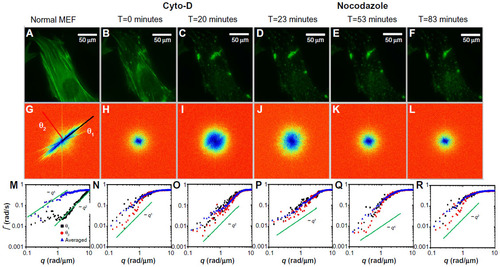Figures & data
Figure 1 Short-term effect of cyto-D treatment on MEFs.
Abbreviations: MEF, mouse embryonic fibroblast; cyto-D, cytochalasin D; GFP, green fluorescence protein.
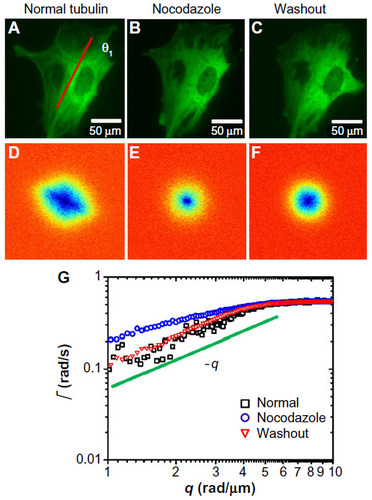
Figure 2 Short-term effect of nocodazole treatment on MEFs.
Abbreviations: MEF, mouse embryonic fibroblast; cyto-D, cytochalasin D; GFP, green fluorescence protein.
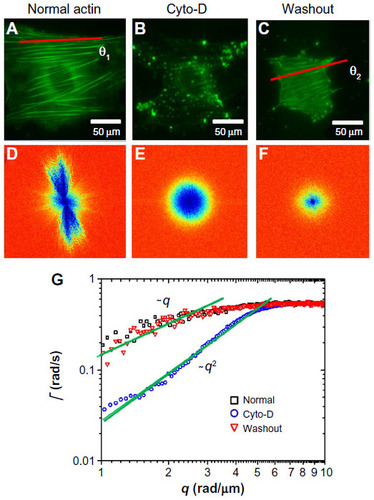
Figure 3 Long-term effect of nocodazole treatment on MEFs.
Abbreviation: MEF, mouse embryonic fibroblast; GFP, green fluorescence protein; T, time.
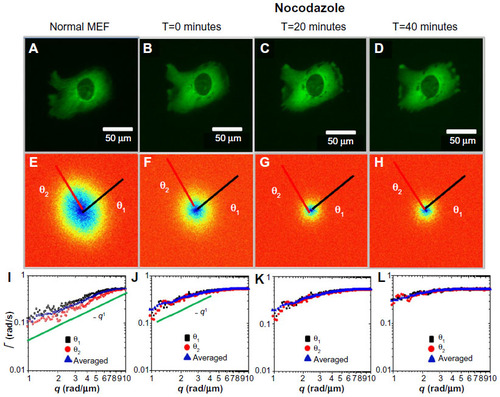
Figure 4 Long-term effect of cyto-D treatment on MEFs.
Abbreviations: MEF, mouse embryonic fibroblast; cyto-D, cytochalasin D; GFP, green fluorescence protein; T, time.
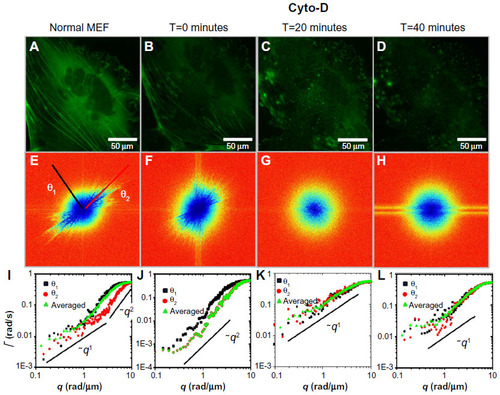
Figure 5 Effects of MEF treatment with cyto-D and nocodazole.
Abbreviations: MEF, mouse embryonic fibroblast; cyto-D, cytochalasin D; GFP, green fluorescence protein; T, time.
